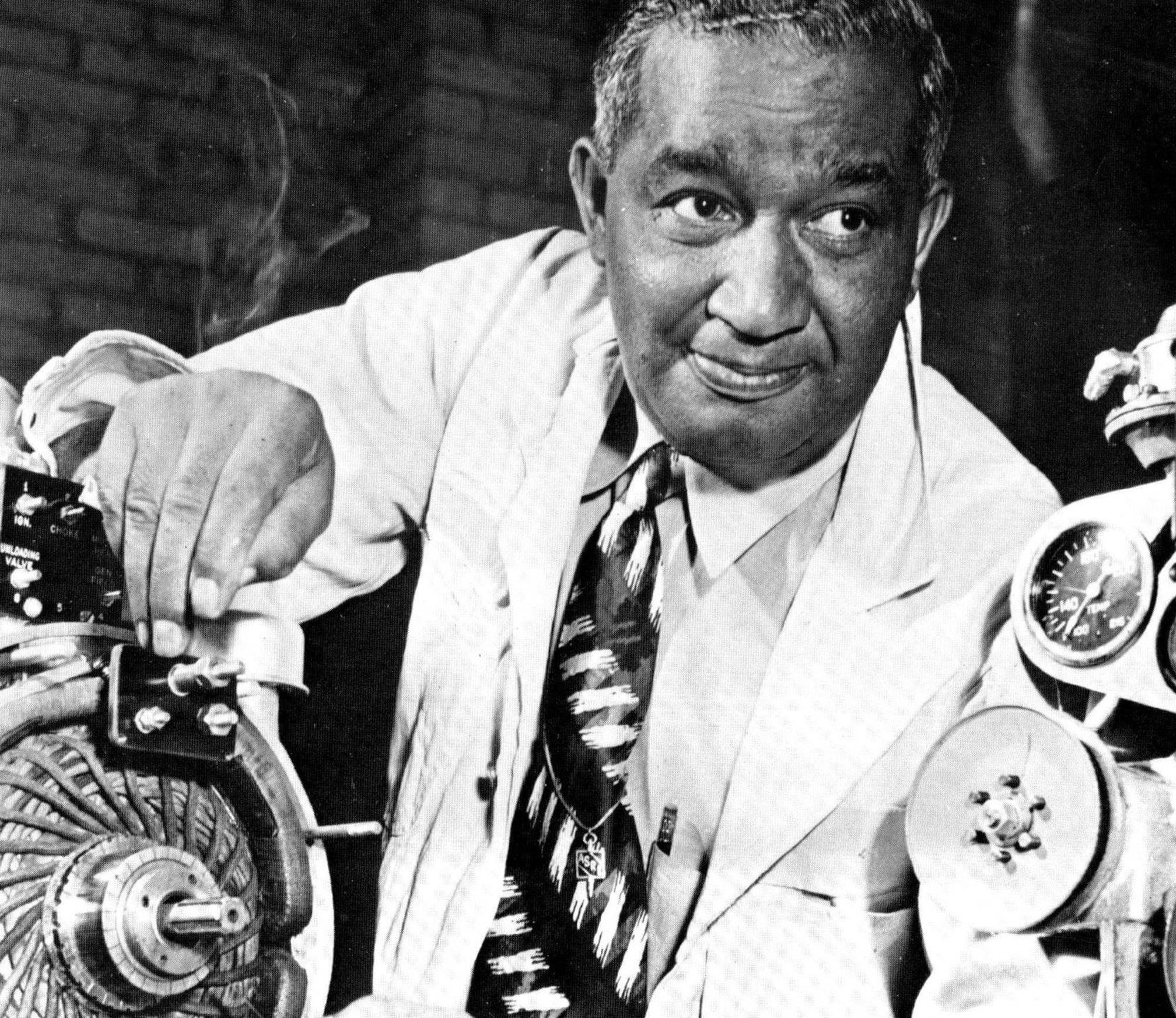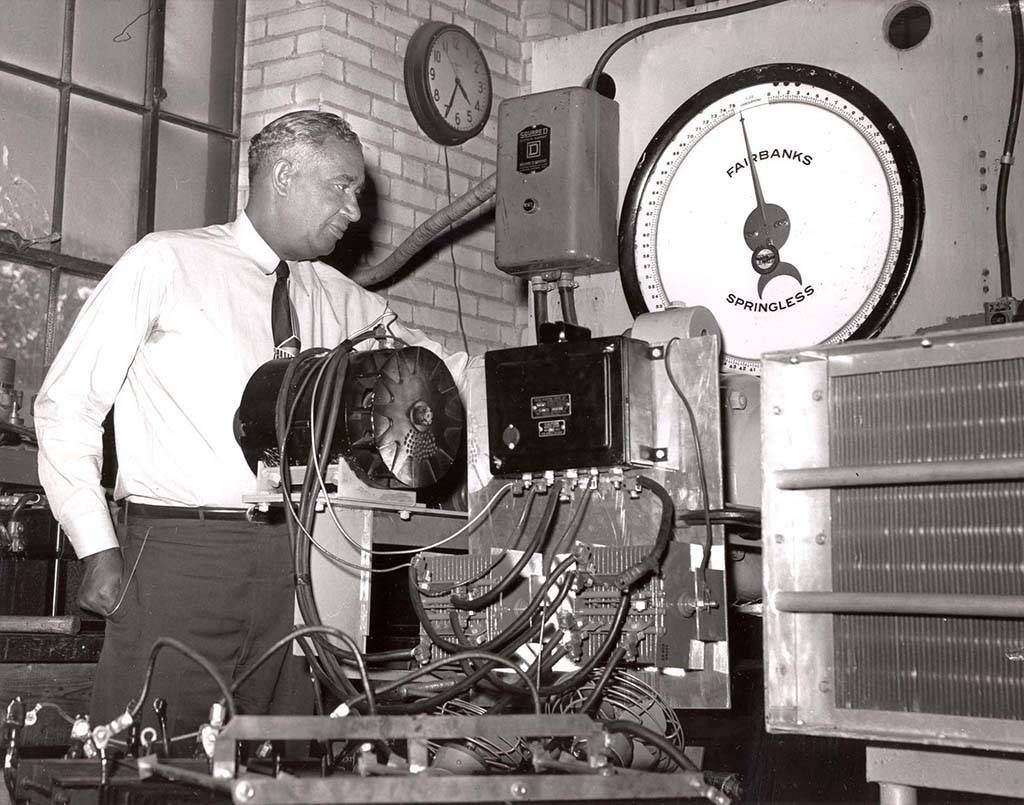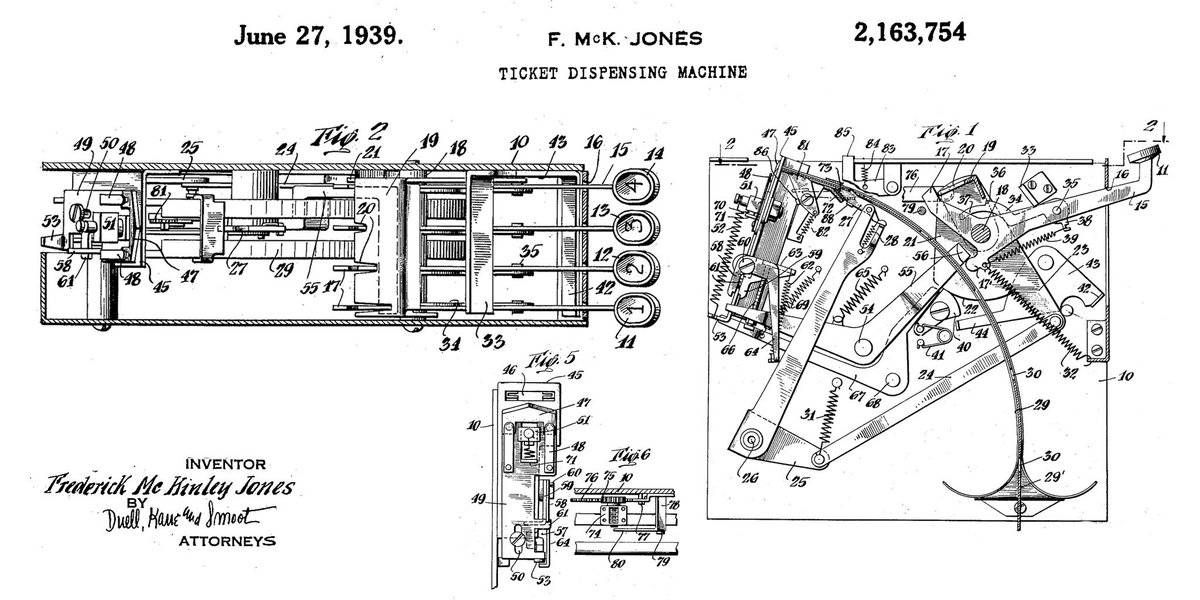Frederick Jones
Patenting more than 60 inventions, Frederick Jones was one of the greatest Black inventors and left a lasting legacy on refrigeration technology

Fred Jones was born in 1893 to an Irish American railroad worker father and an African American mother in Cincinnati, Ohio. It is believed that his mother died when Jones was very young, and he was orphaned at nine years old. After his mother's death, Jones was sent to live at a Catholic church in Covington, Kentucky. The priest, Father Edward A. Ryan encouraged Jones' interest in mechanics.
A knack for mechanics
At 16 years old, Jones stopped attending school and returned to Cincinnati. There, he started working as an apprentice for an auto mechanic. He observed the mechanics as they worked and developed a vast knowledge of automobiles. Within three years, he earned a promotion to shop foremen. And by the age of 19, he was building and driving cars in racing exhibitions, becoming a well-known racer in the Great Lakes region.
In World War I, Jones was a sergeant and served in France as an electrician, rewiring his camp for electricity, phone, and telegraph service.

Jones moves to Minnesota
After being discharged in 1919, Jones moved to Hallock, Minnesota, where he continued studying electronics. He built a transmitter for a new radio station in town. He also invented a device to combine sound with motion picture images. These inventions attracted the attention of Joseph Numero, who hired Jones to work for him firm, Cinema Supplies Inc. in 1927.
At Cinema Supplies, Jones converted silent-movie projects into audio projects and helped stabilize and improve picture quality. He also invented and sold the patent of an automatic ticket-dispensing machine to be used at movie theaters.
Invention of a new refrigeration system
In 1935, Jones began work on his most notable invention: an automatic refrigeration system. After a farmer complained to Joseph Numero that he was losing truckloads of crops during shipment because they would spoil before reaching their destination, Jones started putting together parts of machinery and created Model A – the world's first successful system for refrigeration transportation. Model A was designed to be mounted on the underside of semi-trucks and pass refrigerant tubing into trailers.
While working under a new company that he co-founded with Numero in 1938, Jones applied for and received a patent for the Model A in 1939. He continued working on future models. Model B, though more compact still wasn't right. But by 1941, it was finally ready: Model C was more rigid and less bulky.
Numero and Jones renamed their company "Thermo King." They made the Model C available exclusively for the U.S. military during World War II to transport temperature-sensitive medication and blood plasma to soldiers abroad. After World War II, the Model C became commercially available, allowing seasonal crops to be shipped around the world. Jones became widely recognized for his accomplishments. In 1944, Jones became the first African American to be elected to the American Society of Refrigeration Engineers. In the 1950s, he consulted for the U.S. Department of Defense and the U.S. Bureau of Standards.
At the time of his death in 1961, Jones had been awarded 61 patents for refrigeration equipment, as well as a portable X-ray machine, sound equipment, and gasoline engines. He was posthumously inducted into the Minnesota Inventors Hall of Fame in 1977 and awarded the National Medal of Technology in 1991, the first African American to be given such an honor.



